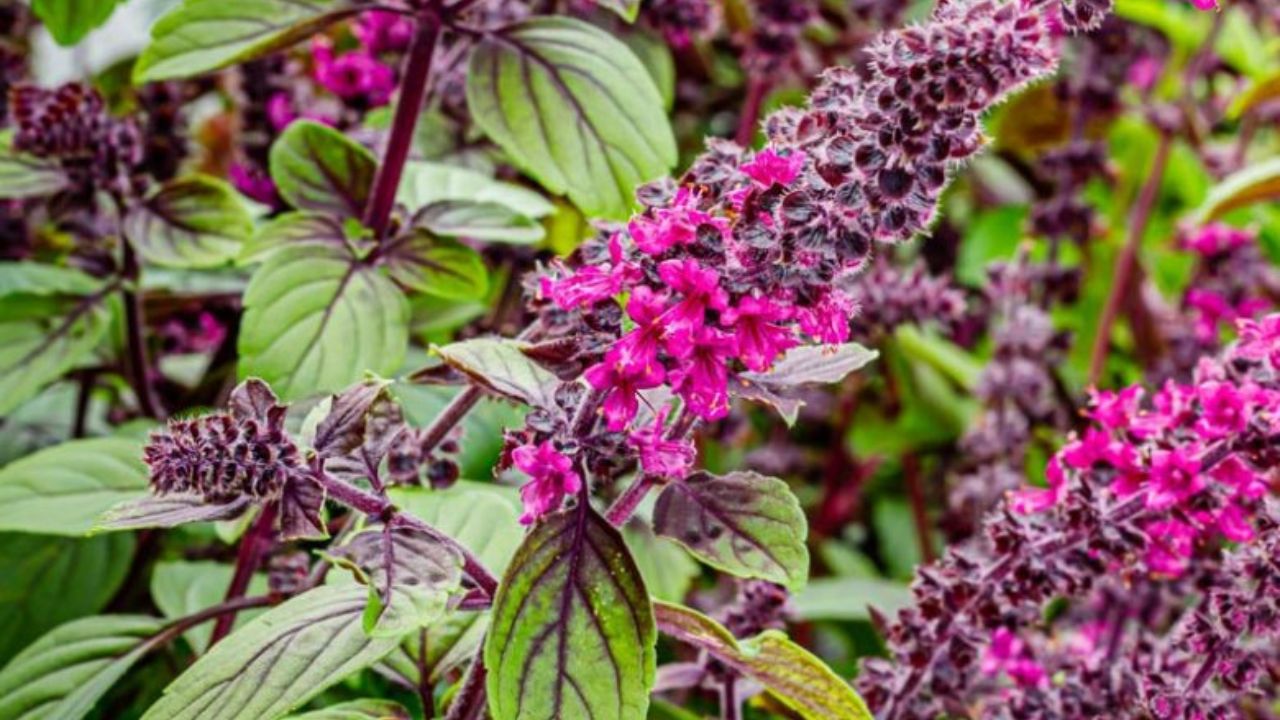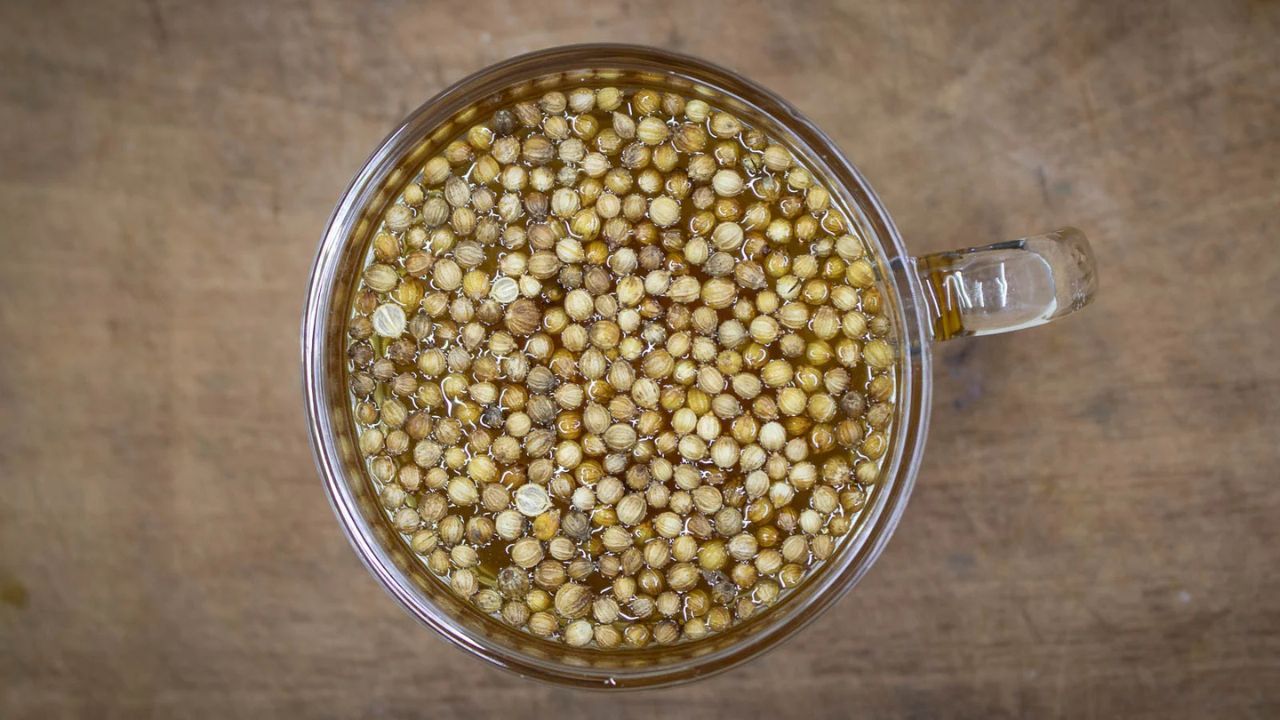Planting tomatoes successfully begins with preparing the planting hole properly. From choosing nutrient-rich soil to adding organic amendments and watering effectively, each step plays a vital role in ensuring healthy growth and a bountiful harvest.
By understanding what to put in the hole when planting tomatoes, you can create an ideal environment for your plants to thrive and produce flavorful fruits.
What to Put in The Hole When Planting Tomatoes?
When planting tomatoes, it’s crucial to create the right environment in the hole to promote healthy growth. Start by adding nutrient-rich soil like loamy or well-compacted soil, which ensures proper drainage and retains moisture. Incorporating organic matter, such as compost or well-aged manure, boosts soil fertility and improves texture.
Adding a balanced fertilizer tailored for tomatoes provides essential nutrients, while a layer of mulch helps retain moisture, regulate temperature, and suppress weeds. Properly watering the hole before planting ensures the roots establish quickly, setting your tomatoes up for a successful growing season.
Choosing the Right Soil
When planting tomatoes, choosing the right soil is crucial for healthy growth and a successful harvest. The soil you use can significantly affect your tomato plants’ ability to absorb nutrients and water, ultimately influencing the size and quality of the fruit.
Importance of Well-Drained Soil
Tomatoes need soil that drains well to prevent waterlogged roots, which can lead to root rot and other diseases. Well-drained soil ensures that water does not accumulate around the roots, allowing them to breathe and grow strong. Good drainage also helps the soil stay loose and allows roots to spread out easily.
Best Soil Types for Tomato Plants
Tomatoes thrive in soil that is rich in organic matter. The best soil types for planting tomatoes include:
- Loamy Soil: A balanced mix of sand, silt, and clay, loamy soil provides the perfect structure for good drainage and nutrient retention.
- Sandy Soil: While sandy soil drains quickly, it may lack nutrients, so adding compost or organic matter will improve its quality.
- Rich, Well-Compacted Soil: For the best results, amend your soil with organic compost or aged manure to increase fertility and moisture retention.
Organic Amendments to Add
Adding organic amendments to your soil is essential for promoting healthy tomato plant growth. These amendments improve soil structure, enhance nutrient availability, and boost overall plant health, ensuring a productive harvest.
Compost for Nutrients
Compost is an excellent source of nutrients for tomato plants. It is rich in organic matter, which helps improve soil texture and moisture retention.
Compost also adds essential nutrients like nitrogen, phosphorus, and potassium, which are vital for tomato plants to grow strong and produce healthy fruit.
Mixing compost into your planting hole provides slow-release nutrients, giving your tomatoes the boost they need throughout the growing season.
Manure to Enrich the Soil
Manure is another powerful organic amendment that enriches soil and provides tomatoes with the nutrients they need. It helps improve soil structure, enhances water retention, and promotes healthy root development.
Well-aged manure, such as cow or chicken manure, is a great option for boosting soil fertility. Be sure to compost the manure first to avoid burning the roots of your tomato plants, as fresh manure can be too strong.
Fertilizers for Strong Growth
Fertilizers are key to helping your tomato plants grow strong and produce abundant fruit. They provide essential nutrients that may be lacking in the soil, ensuring that your tomatoes get the nourishment they need to thrive.
Recommended Types of Fertilizers
There are several types of fertilizers that work well for tomatoes, including:
- Balanced Fertilizers: These contain equal amounts of nitrogen (N), phosphorus (P), and potassium (K), which support overall plant growth, root development, and fruit production.
- Organic Fertilizers: Made from natural sources like compost, fish emulsion, or seaweed, organic fertilizers are great for improving soil health while providing long-term benefits to your plants.
- Slow-Release Fertilizers: These fertilizers release nutrients gradually over time, providing a steady supply of food to your tomato plants without the risk of burning them.
- Tomato-Specific Fertilizers: Formulated specifically for tomatoes, these fertilizers are often higher in potassium and phosphorus, which encourage fruit production and improve flavor.
How to Apply Them in the Hole
When planting tomatoes, it’s important to apply fertilizer correctly to avoid overfeeding. Here’s how to do it:
- Mix with Soil: Before planting, mix the recommended amount of fertilizer into the soil at the bottom of the planting hole. Be careful not to apply too much, as this can harm the plant’s roots.
- Place the Seedling: After adding fertilizer, place your tomato seedling in the hole and cover it with soil, ensuring the fertilizer is well-distributed.
- Water Thoroughly: After planting, water the soil well to activate the fertilizer and help it begin releasing nutrients to the plant.
By using the right fertilizer and applying it properly, your tomato plants will receive the nutrients they need to grow strong and produce a plentiful harvest.
Adding Mulch for Moisture Retention
Mulch is an essential component of successful tomato gardening. By covering the soil around your plants, mulch helps retain moisture, regulate soil temperature, and suppress weed growth, creating the ideal environment for healthy tomatoes.
Types of Mulch for Tomatoes
There are several types of mulch that work well for tomato plants. Here are some of the best options:
- Straw: Clean, weed-free straw (like wheat or barley straw) is an excellent choice for tomatoes. It helps retain moisture and keeps the soil cool while preventing soil-borne diseases.
- Wood Chips or Bark Mulch: Organic wood chips or bark mulch decompose slowly and provide long-term coverage, improving soil structure over time.
- Grass Clippings: Fresh or dried grass clippings act as a natural mulch that enriches the soil with nutrients as they break down. Make sure the clippings are free of herbicides or pesticides.
- Black Plastic Mulch: This type of mulch warms the soil early in the growing season, which is ideal for tomatoes. It also prevents water evaporation and keeps weeds at bay.
Benefits of Using Mulch
Using mulch provides several important benefits for tomato plants, including:
- Retains Soil Moisture: Mulch reduces water evaporation, keeping the soil consistently moist and reducing the need for frequent watering.
- Prevents Weed Growth: A thick layer of mulch suppresses weed germination and growth, saving time and effort.
- Protects Against Soil-Borne Diseases: Mulch acts as a barrier, preventing soil from splashing onto the plants during watering or rain, which can help reduce the risk of diseases.
- Regulates Soil Temperature: Mulch insulates the soil, keeping it cooler in hot weather and warmer during cooler periods.
- Improves Soil Health: Organic mulches break down over time, enriching the soil with nutrients and enhancing its texture.
Watering the Hole
Watering the planting hole is a crucial step in ensuring your tomato plants establish strong roots and thrive. Proper watering creates a moist and welcoming environment for the roots, encouraging healthy growth right from the start.
Pre-Watering the Planting Hole
Before placing your tomato seedling in the ground, it’s essential to pre-water the planting hole. This step helps to hydrate the soil, making it easier for the roots to access water immediately after planting. Pre-watering also softens the soil, allowing the roots to spread out effortlessly.
To do this, fill the hole with water and let it soak in before proceeding with planting. This ensures that the soil around the roots starts with an optimal level of moisture, giving your tomato plant a solid foundation.
How Much Water to Add
When it comes to watering the hole, balance is key. Adding too little water can leave the soil dry, while excessive watering can make the ground soggy and compacted, which may suffocate the roots.
After pre-watering, aim to add about one to two cups of water directly into the planting hole just before placing the seedling. This amount is typically sufficient to moisten the immediate root zone without causing waterlogging.
Once the tomato seedling is planted, gently firm the soil around it and water the area again to ensure that the roots are fully surrounded by moist soil.
Always check that the water has been absorbed properly and avoid leaving any standing water, as this can harm the plant over time.
Properly watering the planting hole sets the stage for robust root development and reduces transplant shock, giving your tomato plants the best possible start in their growing journey.
Planting Tomato Seedlings
Properly planting tomato seedlings is essential for their growth and long-term health. The way you position the seedling and the depth at which you plant it can significantly impact its ability to develop strong roots and produce healthy fruit.
Positioning the Seedling in the Hole
When placing the tomato seedling in the hole, ensure that it is upright and centered. Gently loosen the roots if they appear compacted and position the seedling so that the root ball is surrounded by soil. This allows the roots to spread easily and access nutrients and water effectively.
How Deep to Plant Tomatoes
Tomatoes should be planted deeper than most other plants. Bury the stem up to the first set of leaves, as the buried portion will develop additional roots, strengthening the plant. This deeper planting technique ensures better stability and allows the plant to absorb nutrients and water more efficiently.
Related Questions People Often Ask:
How Deep Should I Plant Tomato Seedlings?
Plant tomato seedlings deep enough to bury the stem up to the first set of leaves. This encourages stronger root growth and stability.
Should I Water The Hole Before Planting Tomatoes?
Yes, pre-watering the hole ensures the soil is moist and provides the roots with immediate access to water, reducing transplant shock.
What Type of Soil is Best For Tomatoes?
Tomatoes thrive in well-drained, nutrient-rich soil, such as loamy soil, enriched with organic matter like compost or aged manure.
Overall Reflection
Preparing the planting hole with nutrient-rich soil, organic amendments, proper watering, and mulch is essential for healthy tomato growth. These steps provide the ideal environment for strong roots and a bountiful harvest.




